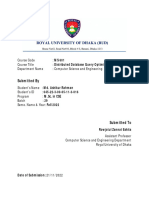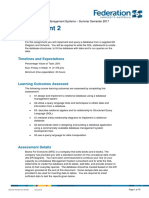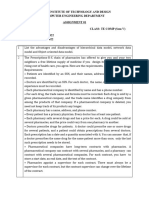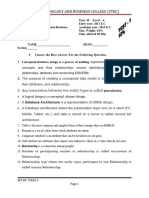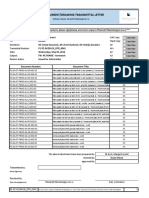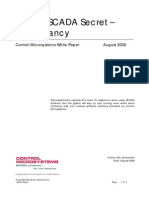0% found this document useful (0 votes)
201 views8 pagesDatabases Assignment 1
A publishing company produces computing books on various subjects. Each author works with one editor, but may submit another work for publication. To improve their competitiveness, the company tries to employ a variety of authors.
Uploaded by
ΔΞ PredaCopyright
© Attribution Non-Commercial (BY-NC)
We take content rights seriously. If you suspect this is your content, claim it here.
Available Formats
Download as DOC, PDF, TXT or read online on Scribd
0% found this document useful (0 votes)
201 views8 pagesDatabases Assignment 1
A publishing company produces computing books on various subjects. Each author works with one editor, but may submit another work for publication. To improve their competitiveness, the company tries to employ a variety of authors.
Uploaded by
ΔΞ PredaCopyright
© Attribution Non-Commercial (BY-NC)
We take content rights seriously. If you suspect this is your content, claim it here.
Available Formats
Download as DOC, PDF, TXT or read online on Scribd
/ 8














